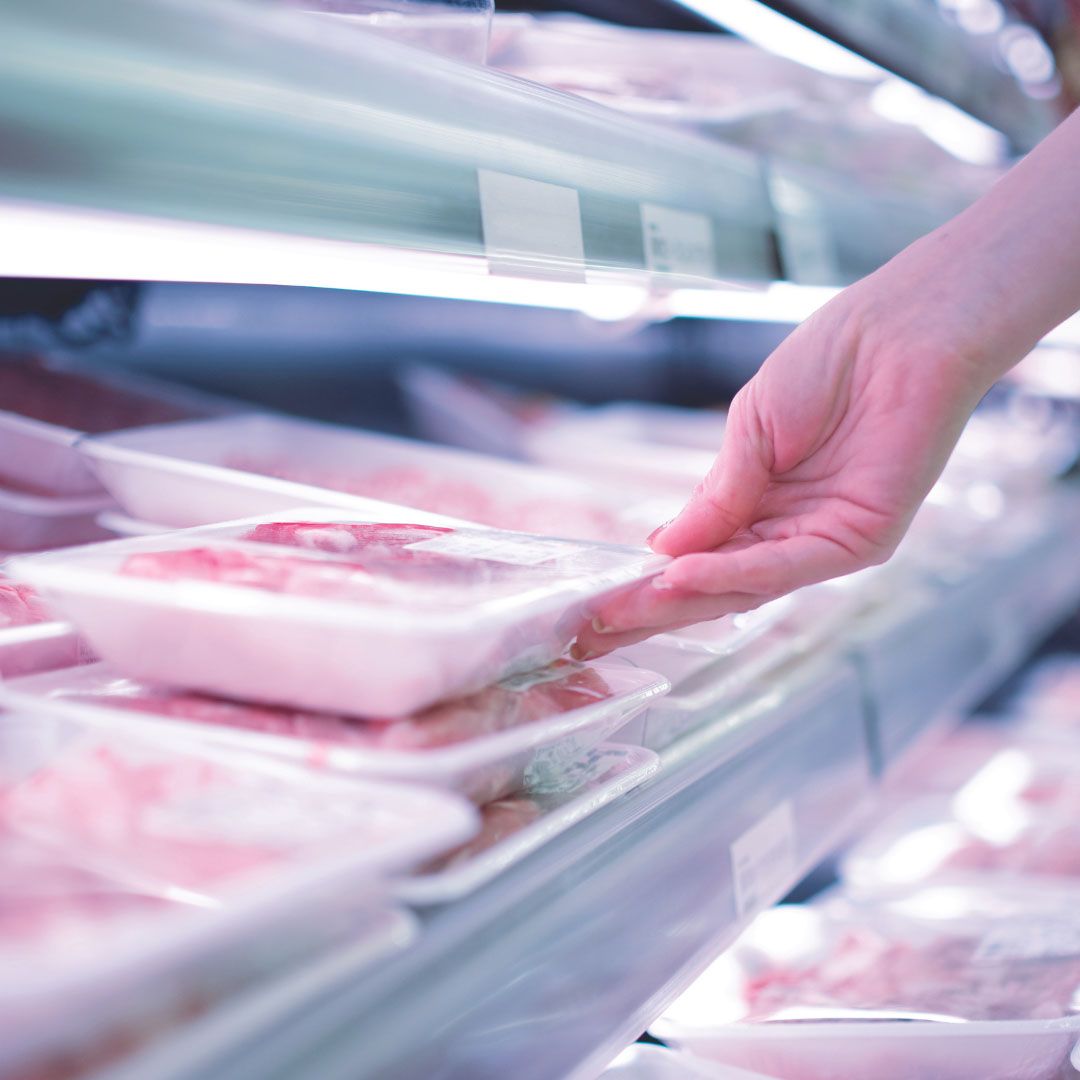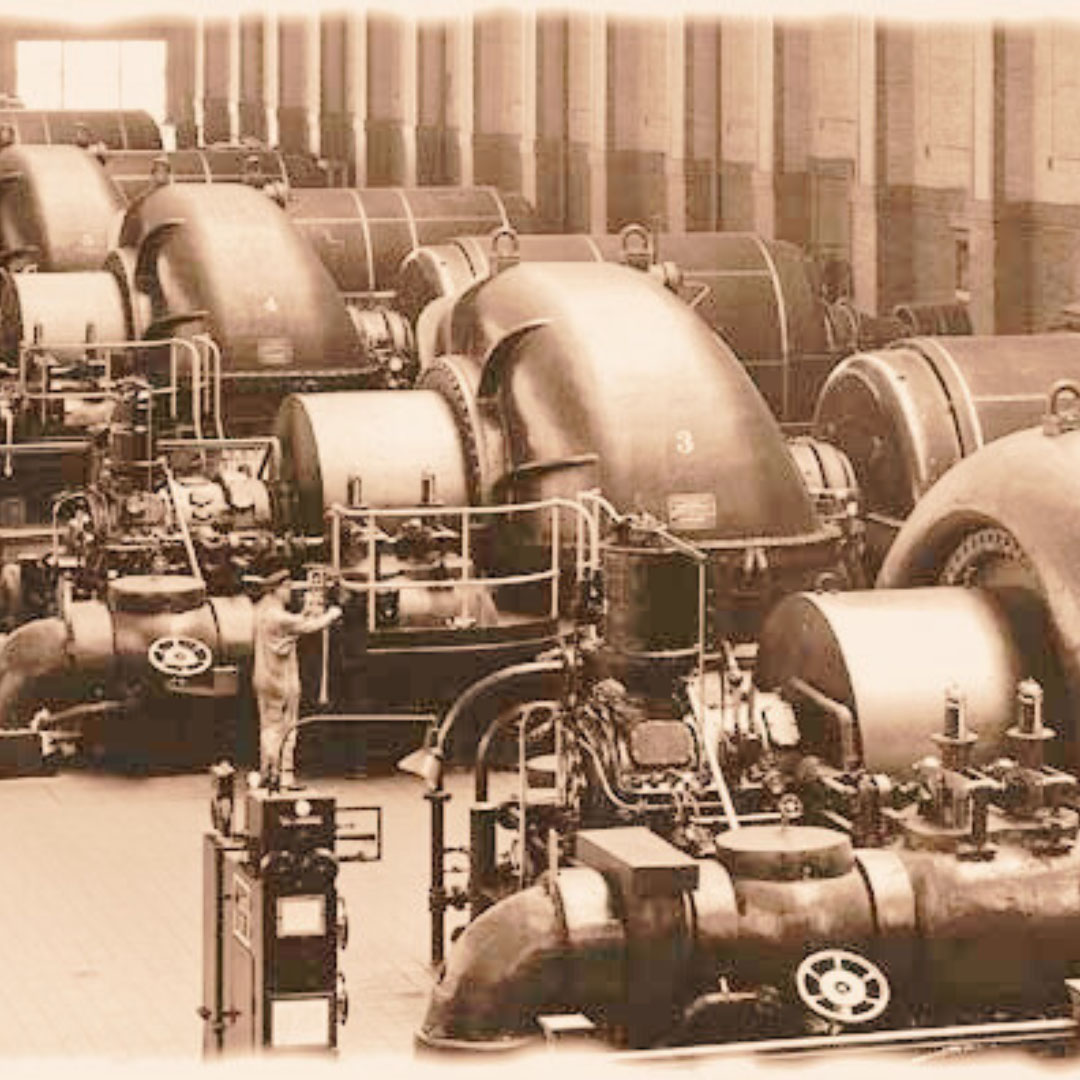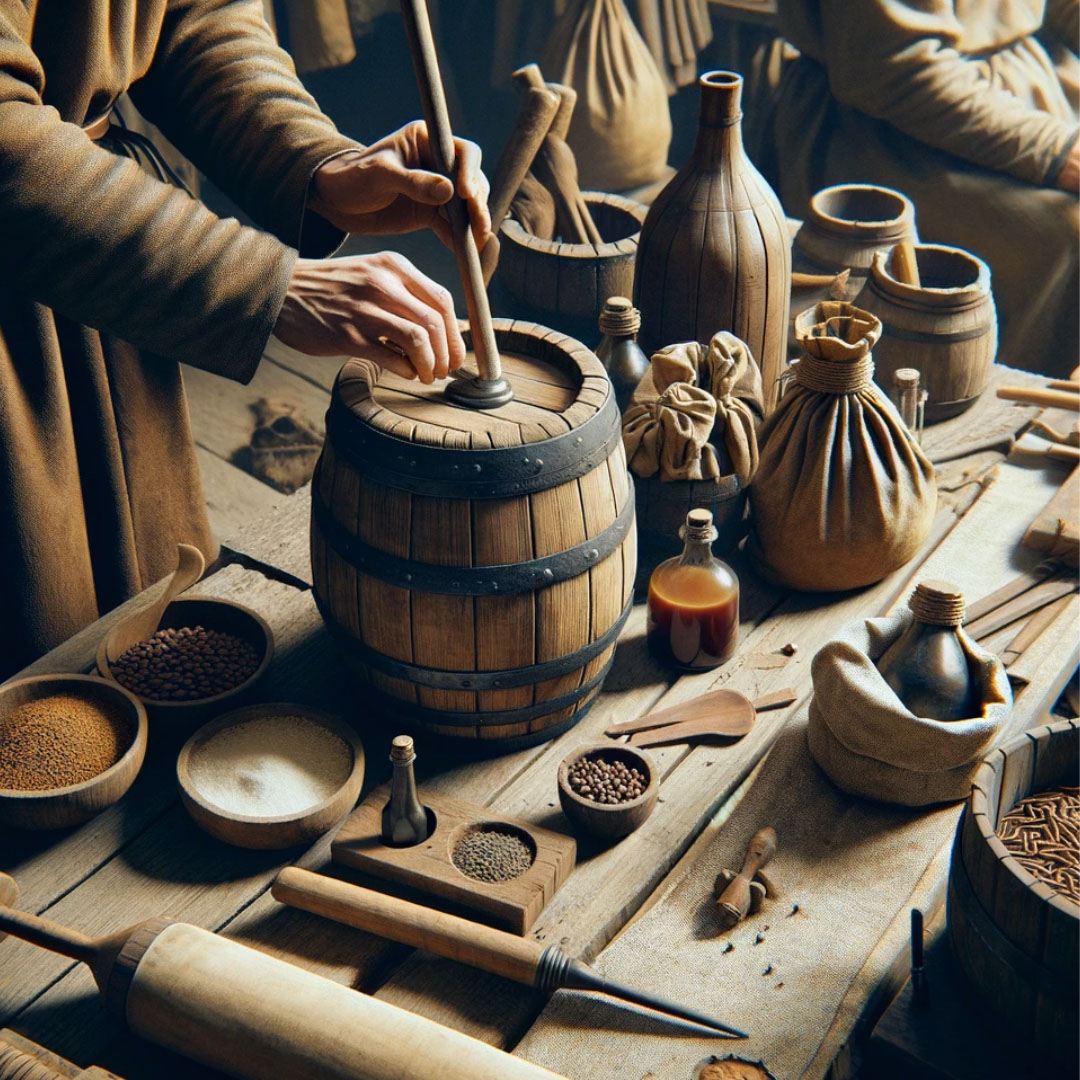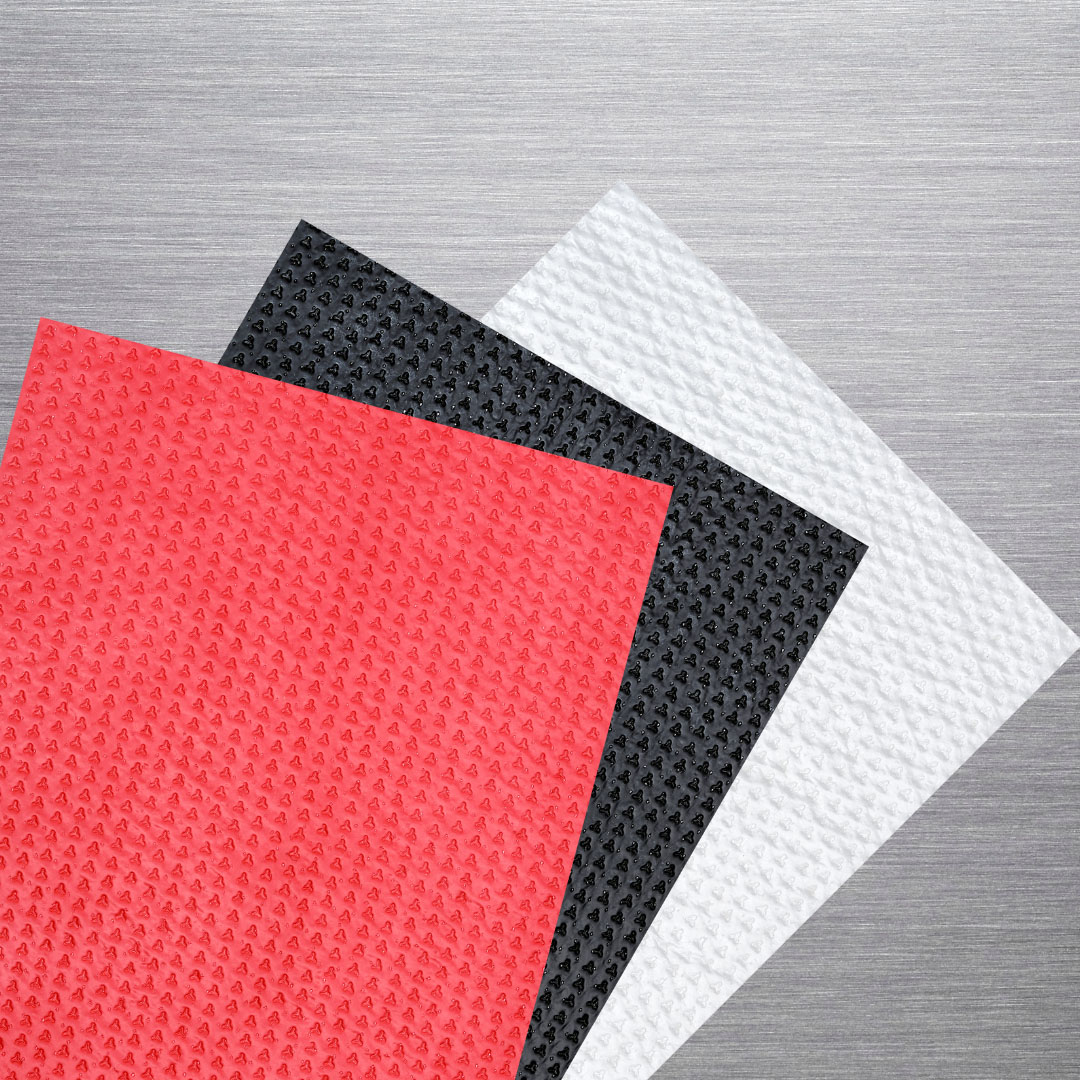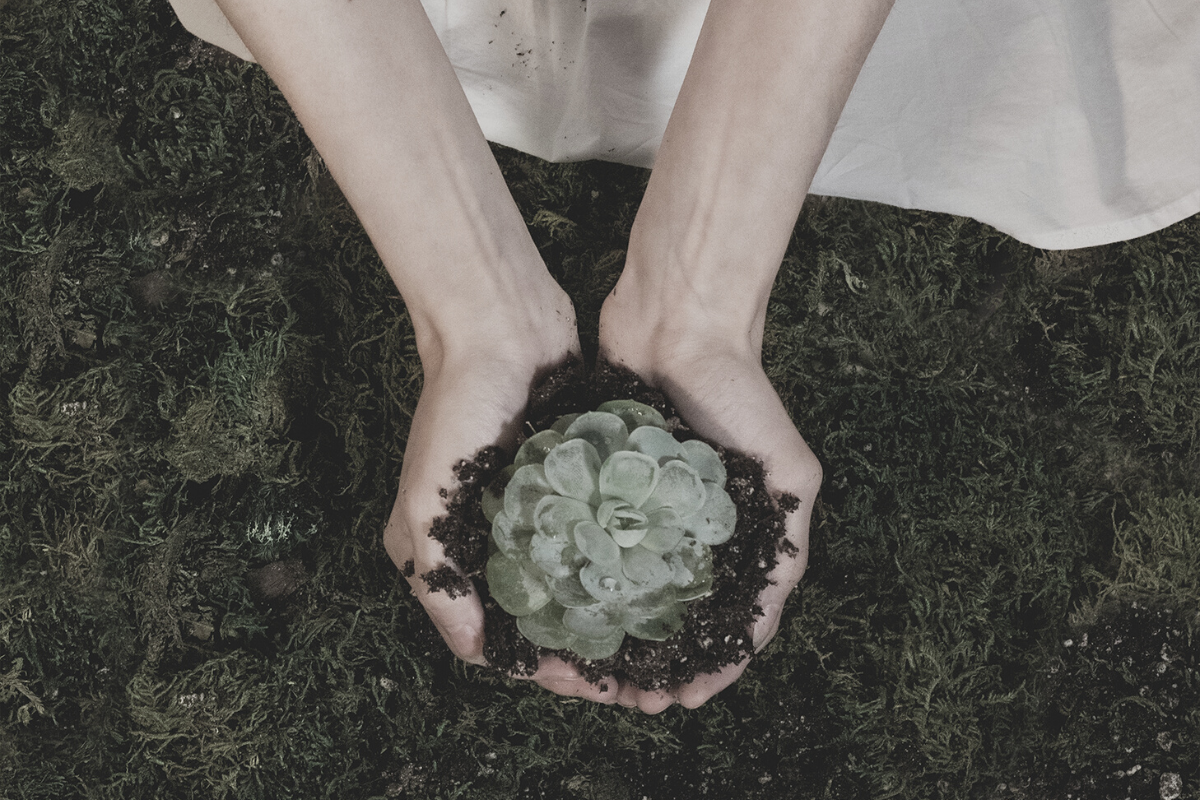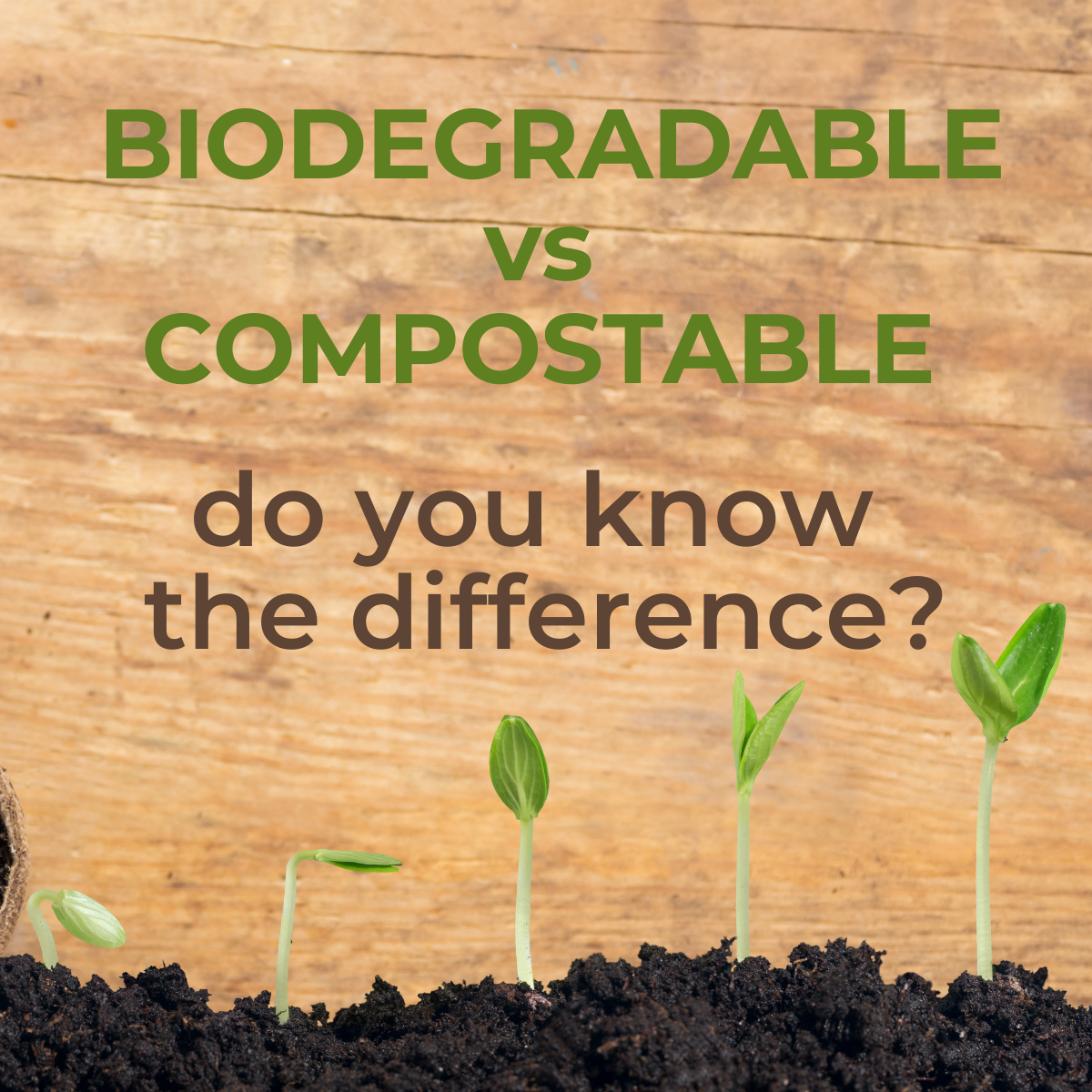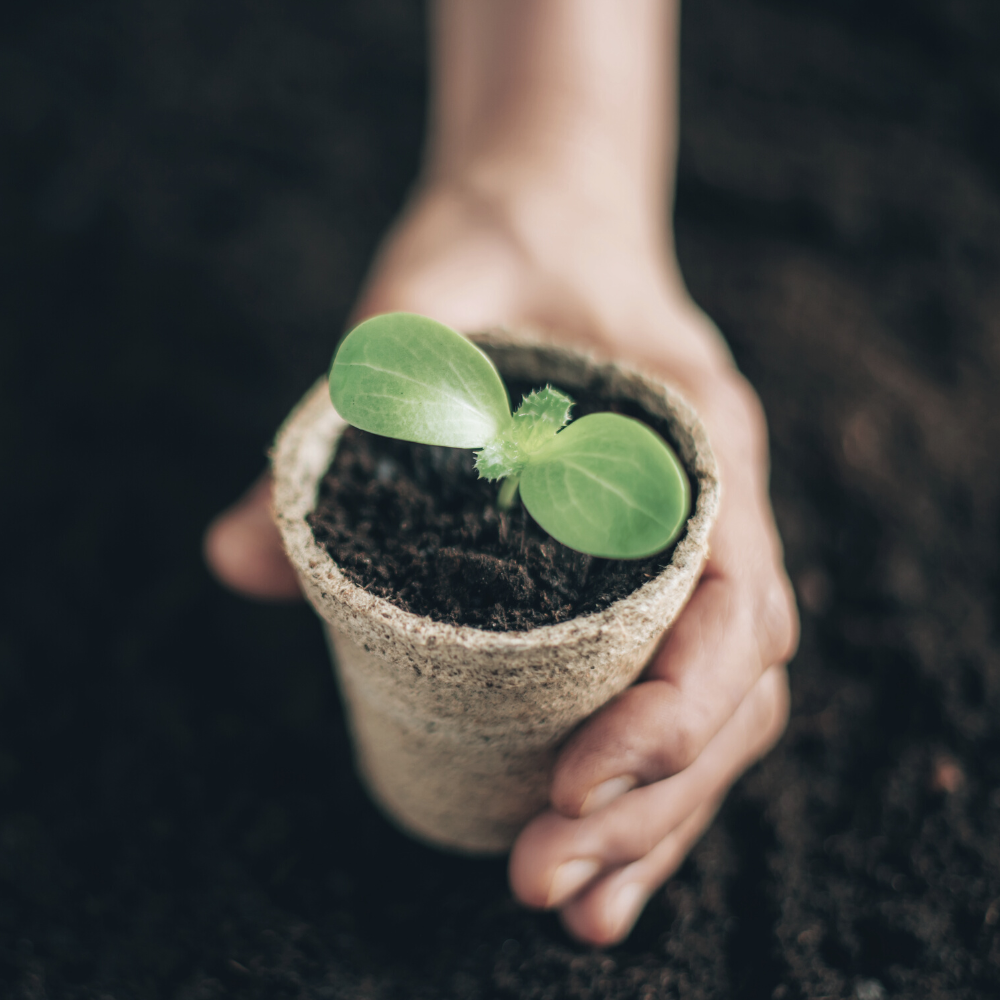The sustainable revolution in food packaging design
In an era of increasing environmental awareness, food packaging is undergoing a significant transformation. It is no longer just a means to protect and preserve food, but a vehicle for values, innovation, and environmental responsibility.
Food packaging evolution: the first and second Industrial Revolutions
The period between the first and the second Industrial Revolution showed a fundamental transformation in food packaging, moving from simple and functional solutions to more complex and marketing-oriented systems.
The evolution of food packaging: a journey back to the Middle Ages
In the Middle Ages the development of long-distance made packaging a vital component for subsistence and the economy. The techniques used to package and store the food reflected a balance between the accessibility of materials, practicality of use, and the ability to keep food edible for as long as possible.
The evolution of food packaging: a journey through Egyptian, Greek and Roman antiquity
These three major ancient civilizations left a significant legacy in the history of food packaging. Their techniques and materials influenced the centuries to come, showing how the art of packaging was crucial not only to food preservation but also to the trade and culture of past ages.
Absorbent pads for food packaging: a global outlook
The food packaging market is undergoing a significant transformation, with emerging trends shaping the future of a rapidly evolving industry. Among the most relevant innovations, absorbent pads for food packaging, used for meat, poultry, fish and small fruits, are emerging as a solution that meets the needs of producers and consumers.
A journey back in time: food packaging in prehistory
As far back as prehistoric times, the need to store and transport food effectively drove man to seek innovative solutions. These ancient practices make us reflect on the deep connection between human beings and their environment. If our ancestors respectfully exploited what nature had to offer, we could draw inspiration from them in today's search for sustainable packaging solutions.
What are the features packaging must have to be sustainable?
Packaging is often described as the environment's worst "enemy" because it becomes waste immediately after use. Nowadays manufacturers are engaged in developing innovative solutions to limit the environmental impact of packaging at the end of its life
Sustainability and proper recycling: biodegradability and compostability
What's the difference beetween the two words? Let's find out together.
G-pad, food packaging revolution
G-pad, the biodegradable and compostable absorbent food pad is born. A new step forward environmental sustainability that for years has marked the path of research & development of our company.


